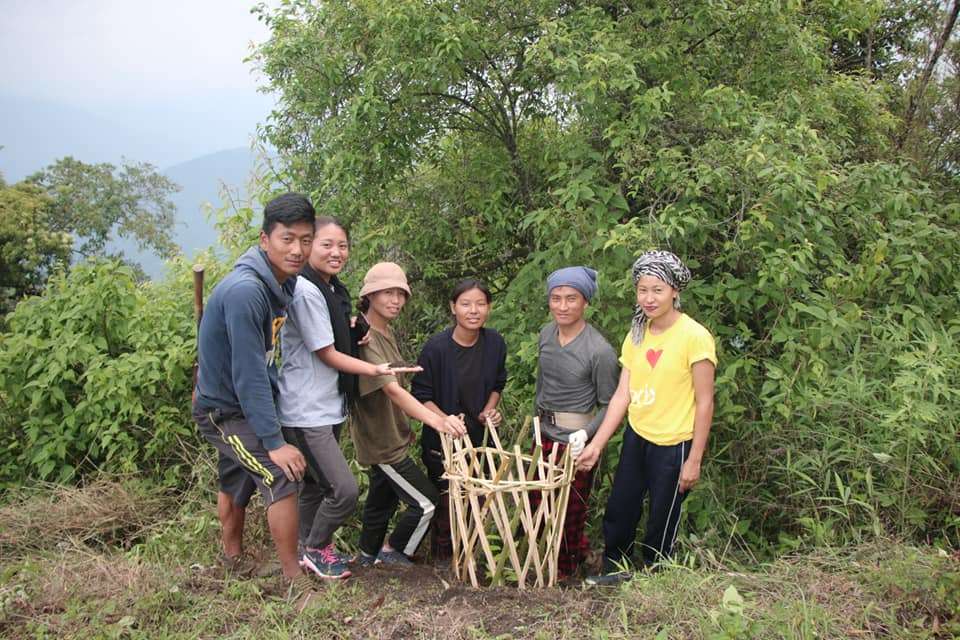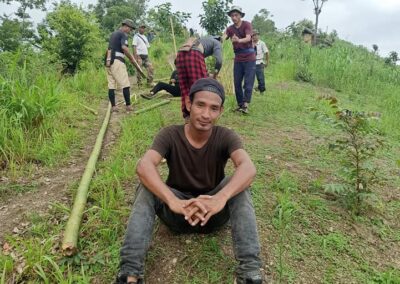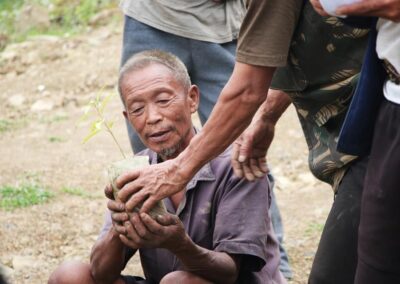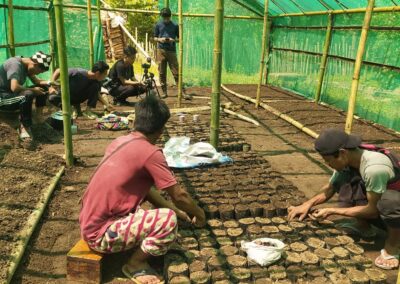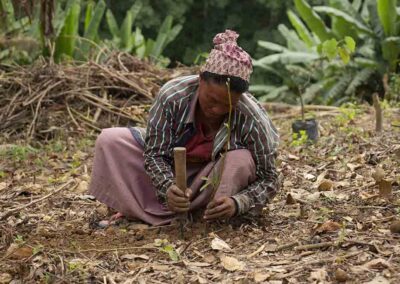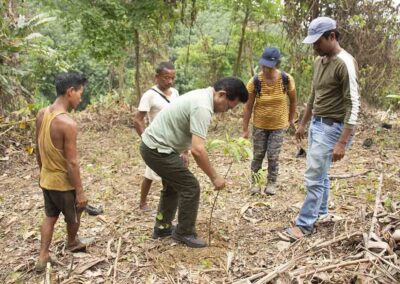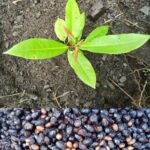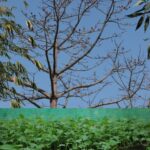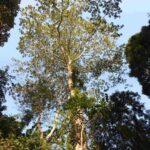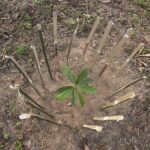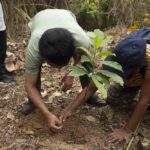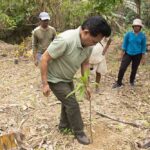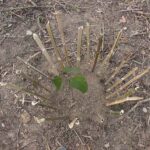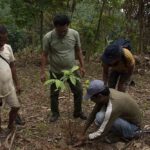Youth for Forest – led by Green Hub team and Green Hub fellows, aims to increase the fragments across the region for restoration through community participation and collaborative action. Currently there are two sites under this project and we hope to increase them over the years.
The effort began with creating small grants for our alumni who showed keen interest in working with conservation and with their community. Wanmei Konyak from Changlangshu village in Mon District, Nagaland was the first recipient of the grant. At the time he was an active member of the student council and through that had played a significant role in combating opium addiction in his area. In 2018 he took the initiative to form a Biodiversity Management Committee (BMC) in his village with the intention of creating a green corridor, looking at the severe deforestation and water crisis. The community is largely dependent on agriculture and he realised that if they do not work at reviving their forest, future for his community would be tough. It started with a small patch of Jhum fields for which the BMC got the permission from the village council. Over the last four years, they have planted more about 1500 saplings through community participation – involving different stakeholders in the village. The community now has committed to restore at least 100 hectares of land, and they are hoping to increase the fragments. A nursery is being developed for indigenous saplings.
The Youth for Forest project is also looking at developing these sites as a co -learning sites where the idea is to combine indigenous knowledge with scientific guidance from practitioners. As part of this a restoration workshop was held in collaboration with Nature Conservation Foundation (NCF). This was attended by the Green Hub alumni and their community members. As a result Wanmei’s community has decided to stop the slash and burn technique that they were using for land preparation earlier. Through the Green Hub project every year video documentation is being done for these sites to create learning modules and stories.

